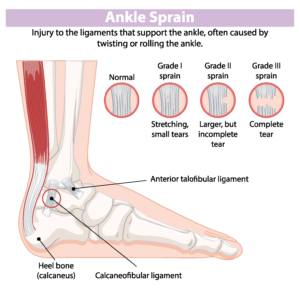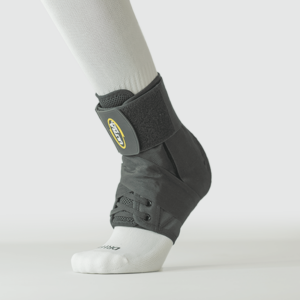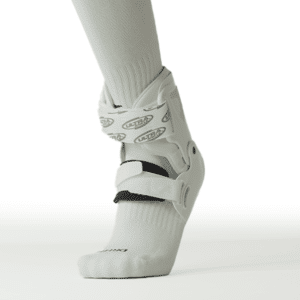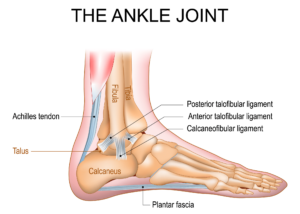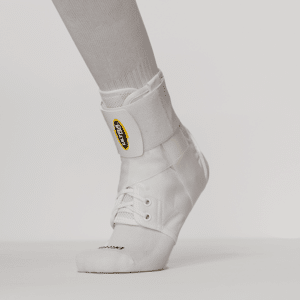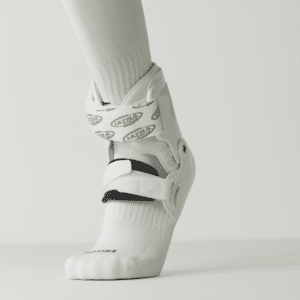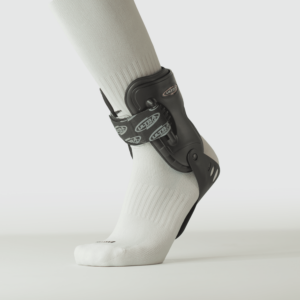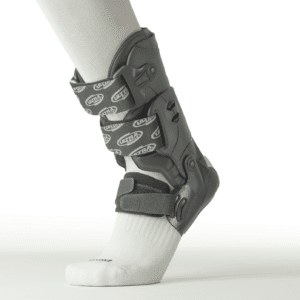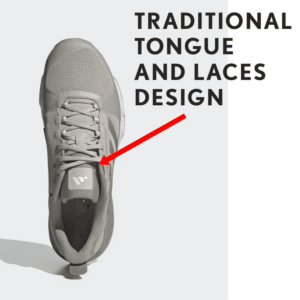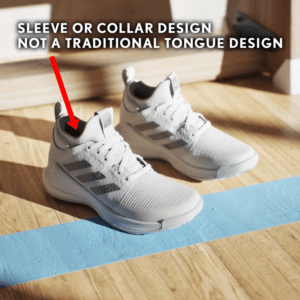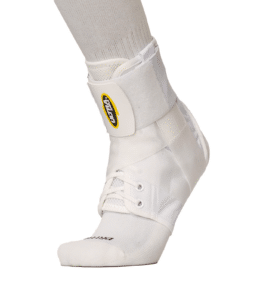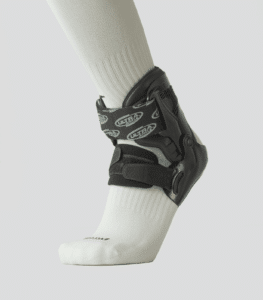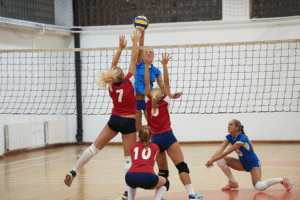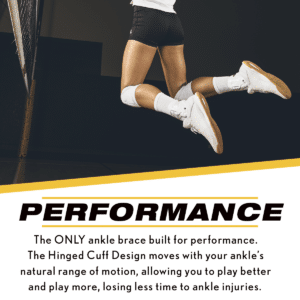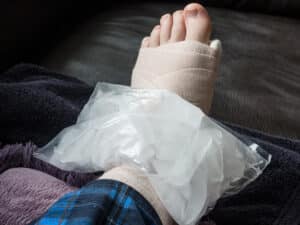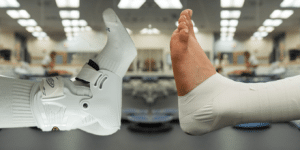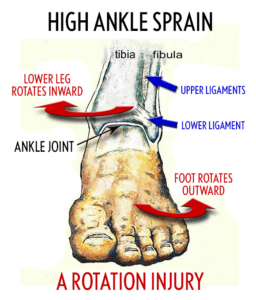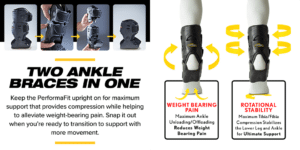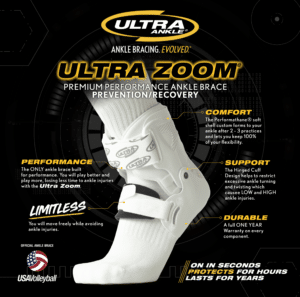In the realm of product innovation, progress often reaches a standstill until new materials or manufacturing techniques break the mold. This is especially true for medical and sports equipment, like ankle braces. Ultra Ankle® has pushed boundaries with the creation of the Ultra Zoom® ankle brace, an example of how innovation can completely transform a product category. The technological advances behind this game-changing ankle brace didn’t exist until Ultra Ankle® developed, tested, and refined them to provide superior protection against ankle injuries, and superior capacity to aid in ankle injury recovery.
Unlike any other brace on the market, the Ultra Zoom® ankle brace features patented materials and a forward-thinking design, making it a leader in injury prevention. Let’s explore how this brace’s advanced technology, including the Performathane® flexible shell and PerformaFit® 3D padding, sets it apart.
The Ultra Zoom® Advantage: Technology Meets Design
The Ultra Zoom® ankle brace is a result of years of meticulous research and development aimed at creating a brace that delivers unparalleled comfort, protection, and durability. This revolutionary product includes three proprietary technologies you won’t find in other braces: the Performathane® soft shell, the PerformaFit® padding system, and a hinged-cuff design that ensures optimal support and range of motion.
How Does It Work?
For an ankle brace to perform effectively, it must closely mimic the anatomy of the joint it’s protecting. This requires a custom-fit design—one that adapts to the wearer’s unique anatomy, delivering maximum comfort and support. However, achieving this level of custom fit requires innovation in both materials and design, which Ultra Ankle® tackled head-on.
After a five-year research process, the company engineered the materials that would become the foundation of the Ultra Zoom® brace. These materials provide unmatched flexibility, durability, and adaptability, giving athletes and active individuals superior protection season after season.
The Technology Behind the Custom Fit: Performathane® and PerformaFit®
So, what makes Performathane® and PerformaFit® special?
- Performathane® Flexible Soft Shell
The external shell of the Ultra Zoom® brace is made from Performathane®, a patented material that reacts to the wearer’s body heat to create a custom fit. Within just a few practice sessions, the brace molds to the shape of your ankle for a snug, secure fit. If you’re in a hurry, you can use a regular hair dryer to speed up this process. The best part? Performathane® is incredibly durable, engineered to withstand cracks and tears, providing multi-season longevity that few braces can match. - PerformaFit® 3D Padding System
The inside of the Ultra Zoom® brace is lined with the PerformaFit® padding system, another proprietary feature designed for ultimate comfort. This specially formulated foam adapts to the contours of your ankle, providing cushioning that retains its shape and protective properties over the course of an entire sports season. The result is a brace that not only feels great but performs at a high-level day in and day out.
Superior Ankle Injury Recovery and Prevention: Why the Ultra Zoom® Stands Out
By combining the adaptive Performathane® shell and the responsive PerformaFit® padding, the Ultra Zoom® ankle brace delivers an unparalleled level of injury recovery and prevention. The hinged-cuff design allows for natural ankle range of motion to enhance performance and keep the muscles strong. The Ultra Zoom helps to restrict excessive ankle turning (inversion) and twisting (rotation) that cause both low and high ankle injuries. Most other ankle braces are only designed to help restrict low ankle injuries. To learn more about the Ultra Zoom product features, click here. Unlike traditional braces, which can feel stiff or bulky, the Ultra Zoom® forms a low-profile custom fit that is on your ankle in seconds, protects for hours and lasts for years. To learn more about fitting the Ultra Zoom ankle brace, click here.
The Future of Ankle Bracing
If you’re an athlete or someone prone to ankle injuries, the Ultra Zoom® ankle brace offers a level of comfort and security that traditional braces simply cannot match. Whether you’re playing basketball, volleyball, or just staying active, the Ultra Zoom® provides the support you need without sacrificing comfort or durability. With its cutting-edge materials and design, it represents the future of ankle protection and ankle injury recovery.
Interested in learning more about the Ultra Zoom® ankle brace? Our team of certified athletic trainers is here to help answer any questions you may have and guide you through selecting the right ankle brace for your needs. Reach out today to discover how Ultra Ankle® can support you in staying active, injury-free, and at the top of your game.
